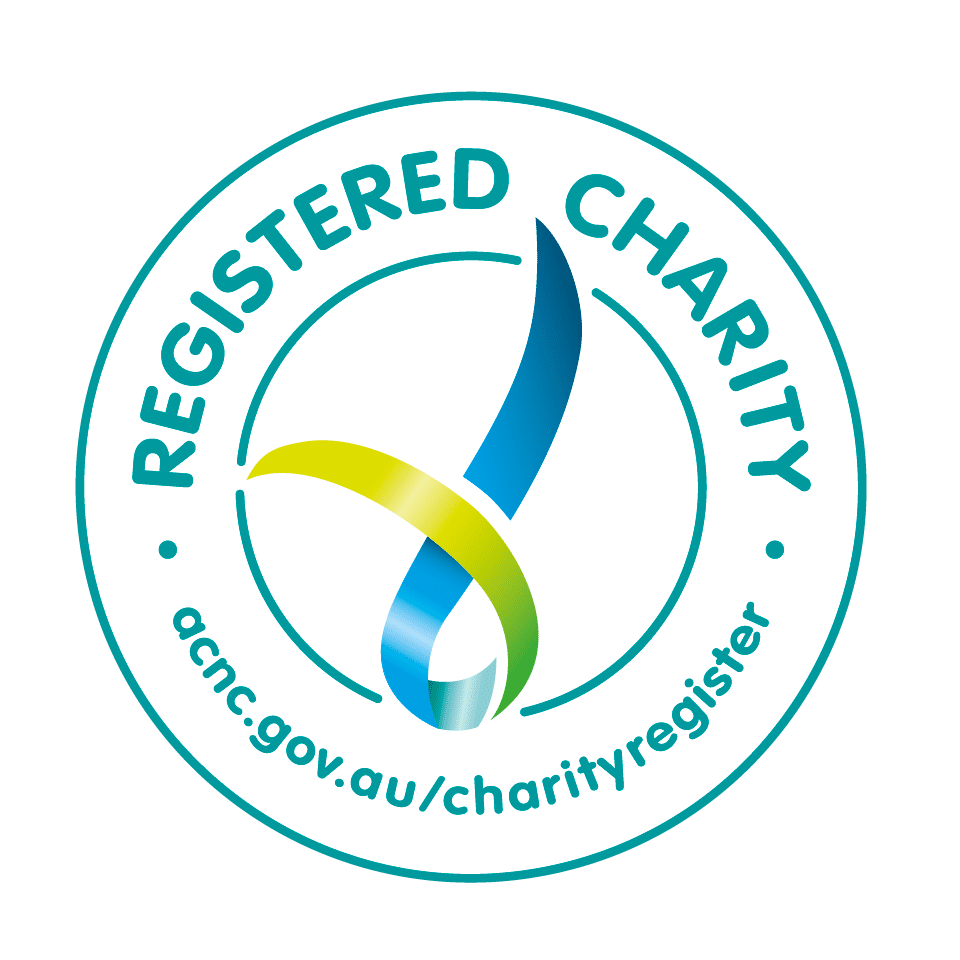When it comes to treating substance addiction, there’s no single path to recovery. Every individual brings their own history, challenges, and hopes, and the support offered needs to reflect that. Two common approaches in the treatment of alcohol and other drugs misuse are harm minimisation and abstinence—and increasingly, we’re learning that they often work hand in hand to help people move toward healthier, more stable lives.
Harm minimisation: meeting people where they are
Harm minimisation is grounded in the idea of meeting people where they are. Rather than focusing solely on stopping drug or alcohol use, it aims to reduce the harmful consequences that can come with addiction. This pragmatic approach recognises that not everyone is ready or able to stop immediately, and that lives can be saved in the meantime.
What harm minimisation looks like in practice
This might involve strategies like:
- Use of clean needles and equipment through needle exchange programs
- Accessing supervised consumption sites where people can use substances safely with medical support nearby
- Drug checking services that test substance quality to prevent dangerous overdoses
- Opioid substitution therapy (like methadone or buprenorphine) that reduces cravings and withdrawal
- Naloxone distribution to reverse potentially fatal overdoses
- Education on safer use practices and managing dosage
Harm minimisation often emphasises reducing levels of substance use or drinking, focusing on reducing the immediate and long-term health risks that can result from harmful usage. The strategy’s main goal is keeping both the users and broader society as safe as possible.
Harm minimisation can also be about eliminating substances that the person finds problematic while still using other drugs such as alcohol or nicotine. This holistic approach can include education on the harms of extreme misuse or ways to more safely engage with substances. This further emphasises the individualisation of harm minimisation and the benefits that can come from this more flexible approach.
For many, this approach becomes the first step toward long-term change, including eventual abstinence. However, although harm minimisation techniques have been in use in treatment and legislation for the last 20 years, society still views some of the methods as controversial, despite strong evidence of their effectiveness in saving lives and reducing health system costs.
Abstinence: creating distance from harmful substances
Abstinence, by contrast, is about the complete cessation of substance use from specific substances or all substances. It’s often seen as an important outcome in recovery, a point where the person has worked through the underlying causes of their addiction and built new coping strategies. For a long time, abstinence was the only socially and government-supported method of addiction recovery.
Understanding different types of abstinence
Abstinence can take various forms:
- Complete abstinence from all mood-altering substances
- Abstinence from problematic substances while continuing others (like someone avoiding alcohol but drinking coffee)
- Temporary abstinence as part of a treatment program
- Medically-assisted abstinence, where medications help manage withdrawal and cravings
Abstinence isn’t about moral judgment—it’s about making a conscious choice to create distance from substances that have caused pain or chaos. For some, it’s a short-term strategy to reset and reflect. For others, it becomes a long-term commitment to protect their wellbeing and stay focused on recovery goals.
Importantly, choosing abstinence doesn’t mean going it alone. Successful abstinence-based recovery often involves ongoing support through counselling, peer support groups, family therapy, and sometimes medication to manage underlying mental health conditions.
When approaches work together
In practice, these approaches aren’t opposing forces—they’re often complementary. Someone might start with harm minimisation strategies to stabilise their health and housing situation, then gradually work toward periods of abstinence. Others might use abstinence-based treatment but incorporate harm reduction strategies if they experience setbacks.
The most effective treatment systems offer multiple pathways, recognising that what works for one person at one time might not work for another person or even the same person at a different stage of their journey.
Finding the right path forward
Both harm minimisation and abstinence have their place, and the most effective treatment systems don’t force people to choose between them. What matters most is that individuals are treated with dignity, compassion, and respect, no matter where they are on their journey.
Recent policy developments, including findings from the 2024 NSW Drug Summit, increasingly recognise that effective drug policy requires both approaches. The evidence is clear: harm minimisation saves lives while abstinence-based programs provide essential support for those ready to eliminate substance use from their lives.
The goal isn’t to judge which approach is “better”—it’s to ensure that effective, evidence-based options are available when people are ready to use them. Recovery looks different for everyone, and that’s exactly as it should be.







